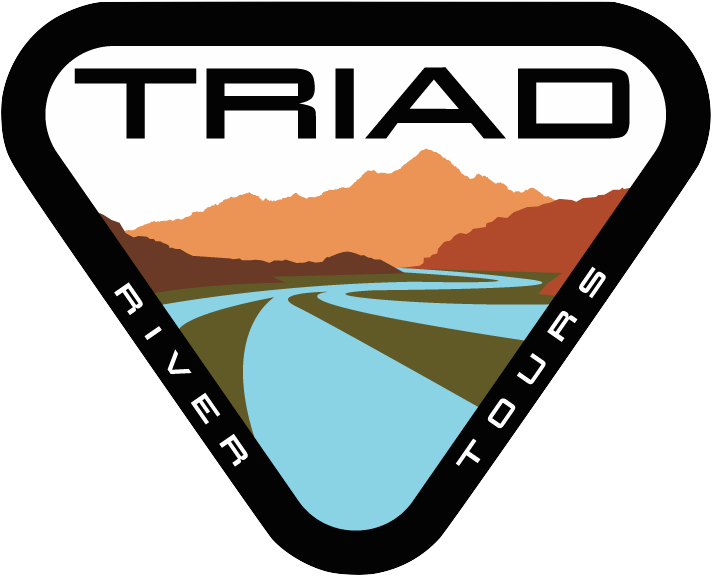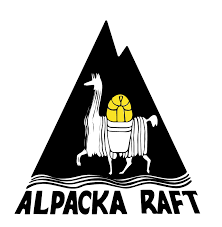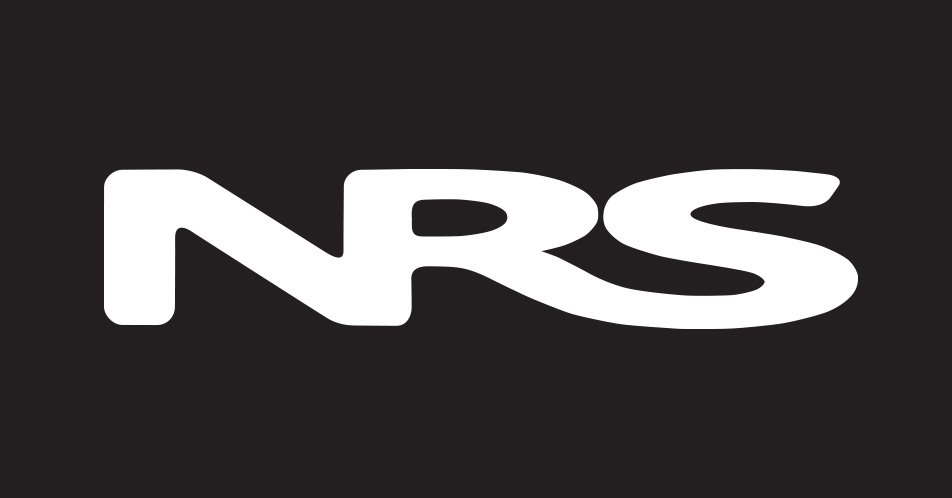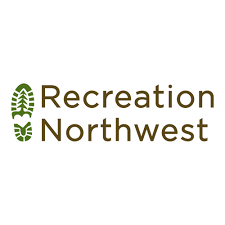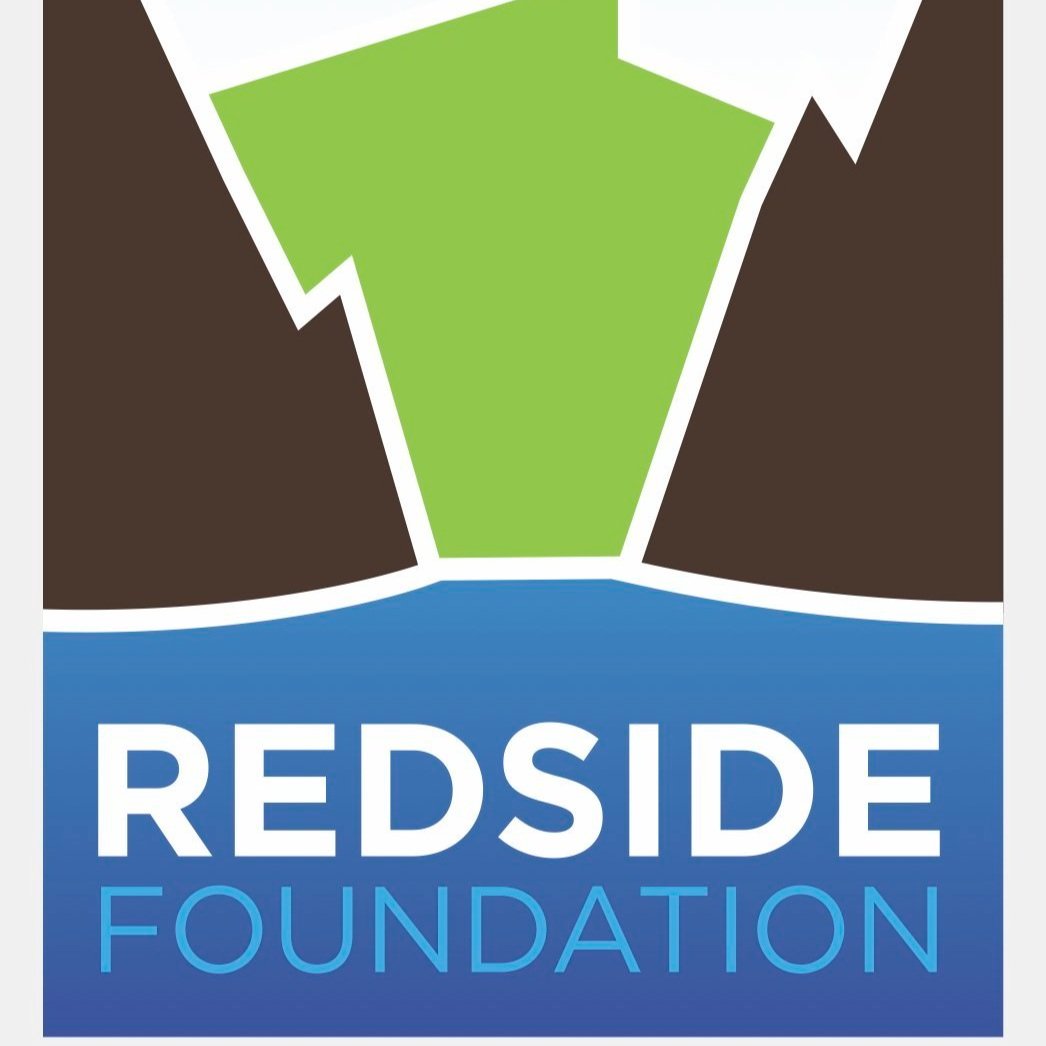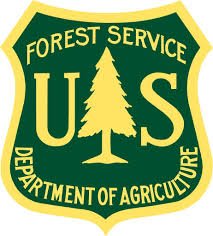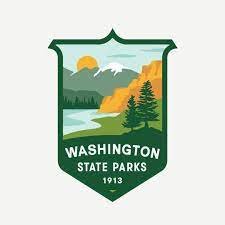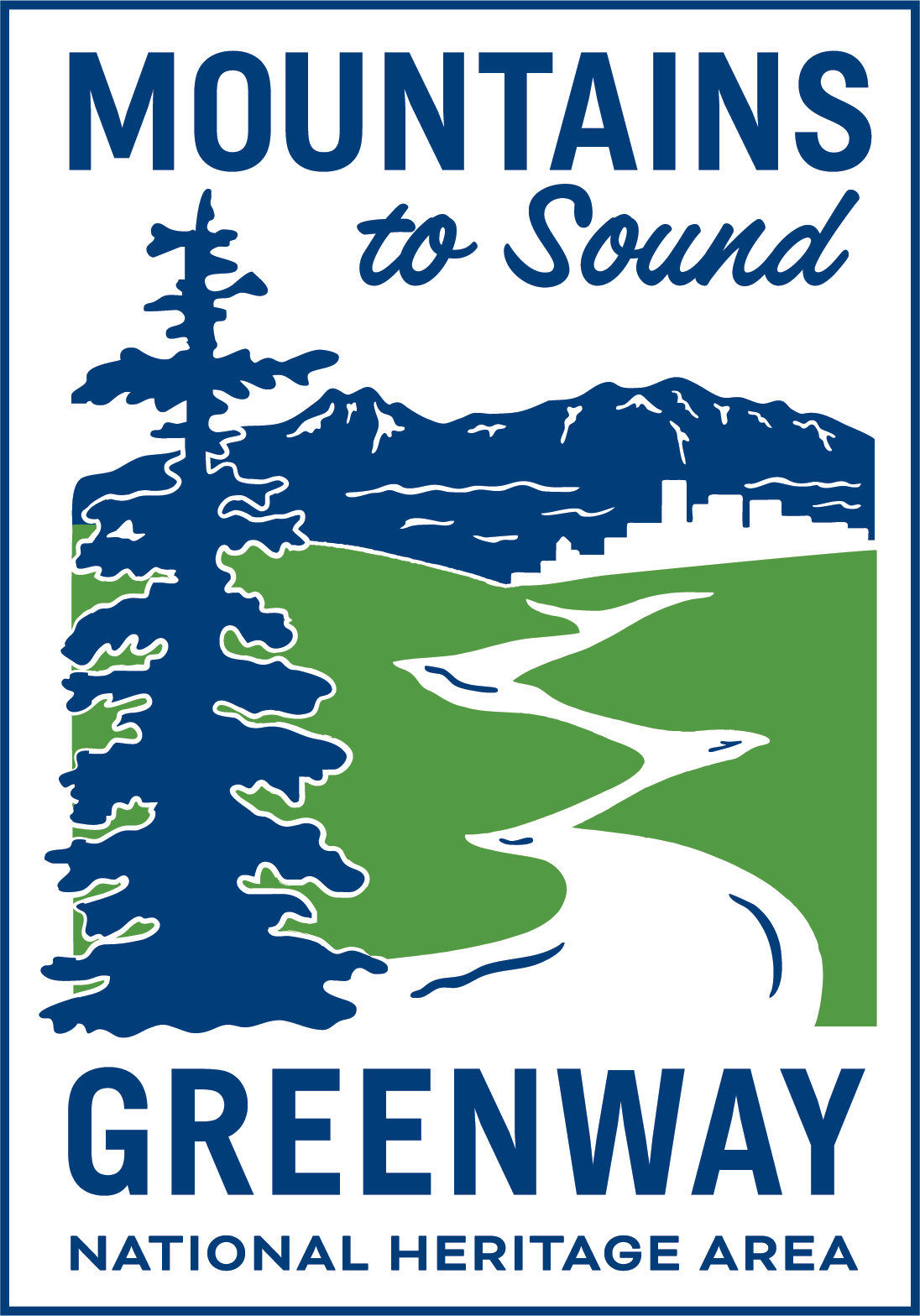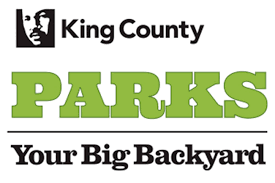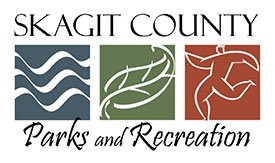Last week’s article covered the problems faced by many of the rivers we love to raft; pollution, litter, and trash of all types in frightening amounts. This week we’ll take a look at how the river running community is combating these issues and promoting healthy, beautiful rivers for both the people who love them and the ecosystem as a whole.
Making a difference doesn’t have to be scheduling a huge clean up, it can be something as simple as bringing your own water bottle instead of a plastic one.
On the national scale, river communities and whitewater organizations work to protect their rivers by lobbying for legislation that promotes clean water and the conservation of wild spaces. Last Tuesday brought a huge win in this arena for rivers and for public access to all of our wild spaces with the passage of bill S. 47. This bill designated over 600 new miles of river as Wild and Scenic, added protection from mining for important recreational rivers, and added new wilderness areas across the country. The culmination of years of work by groups such as the Molalla River Alliance and the Nashua River Watershed Association with assistance from NRS, OARS and REI, this bill was passed due in large part to strong local support: the real key to protecting and sustaining our rivers.
Over in our corner of the country, those local communities are hard at work keeping the rivers we love clean and wild. Puget Soundkeeper, based in Seattle, co-sponsors an annual cleanup of the Duwamish River and runs a number of their own events throughout the year. These events rely on volunteers from the river running community, especially whitewater rafters and kayakers, to help clean up the harder-to-reach sections of local waterways. During some years of the Duwamish clean-up a local outfitter contributes rental kayaks for volunteers, getting even more people out on the water where most of the trash needs to be removed. Another local river, the Nisqually, was cleaned of trash and other human-produced debris last April with a combined effort by the Washington Kayak Club, Washington Recreational River Runners and the Paddle Trail Canoe Club. With whitewater up to class 3, the Nisqually clean-up relied on expert boaters to clear the plastic debris and household trash from their whitewater playground. Another Washington state whitewater rafting run, the Green River Gorge, is kept healthy by an annual clean-up weekend sponsored by local rafting companies, recreational river running associations and conservation groups. Up to 500 boats show up every year to clear this stretch of iconic class 3-4 rapids of garbage; one year they pulled over 100 tons of pollutants and litter from the river.
You don’t have to wait for one of these big events to give back to the river, though. Sometimes it’s as simple as choosing to bring your own water bottle instead of a plastic one, and staying aware of where your trash ends up; or you can pick up a few pieces of plastic and bring them back to the put-in garbage can before your next whitewater rafting trip. Every action makes a difference. Big clean-ups are wonderful, and legislation is key to the future of every wild river; but in the end keeping our rivers clean and unpolluted is down to the everyday actions of those who recreate on and love them.
Sources:
Greenrivergorge.org and greenrivercleanup.org
“Nisqually River Cleanup,” americanrivers.org
“Landmark Conservation Bill Protects Nearly 620 Miles of Wild and Scenic Rivers and Public Lands Nationwide,” americanrivers.org
Read more:
